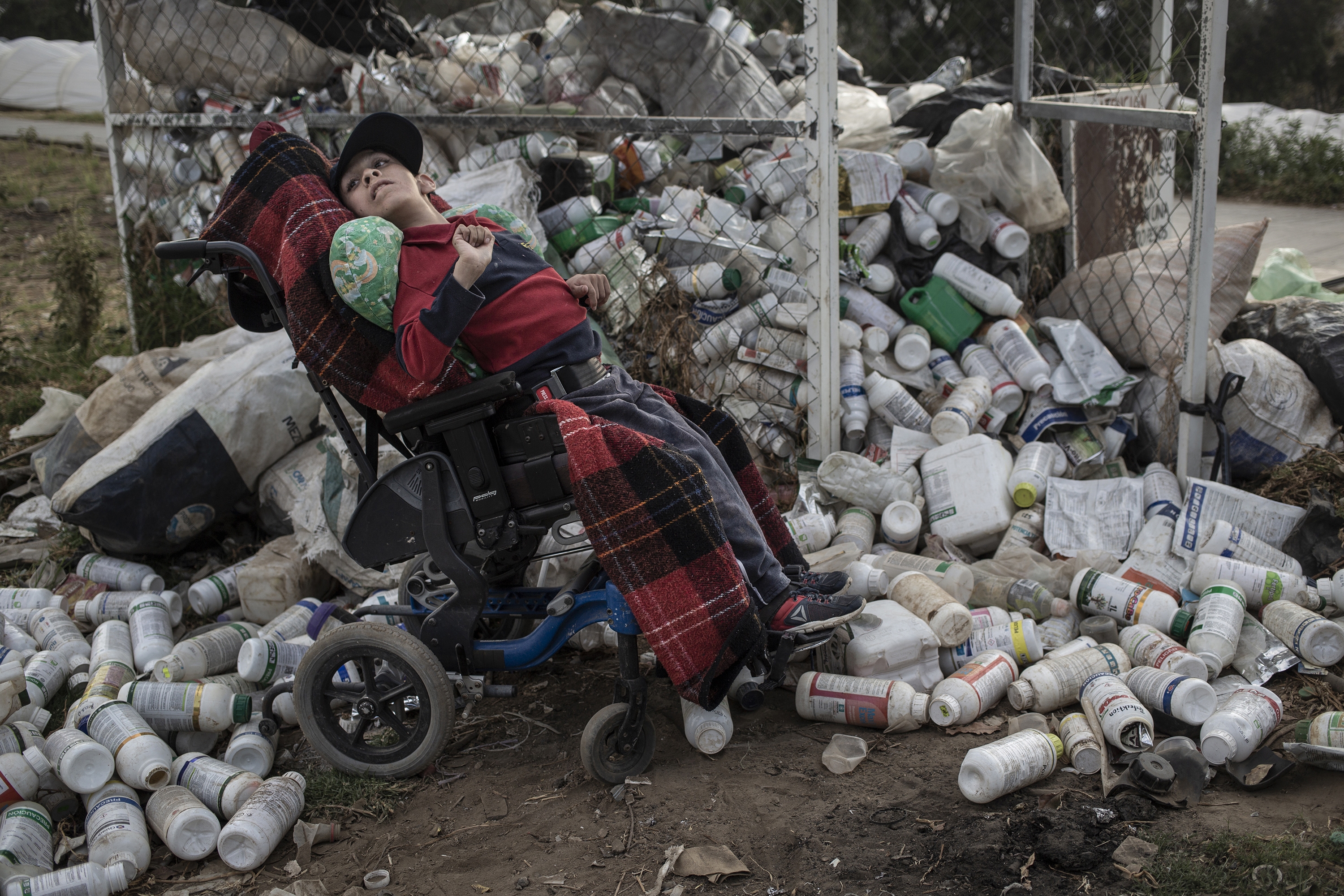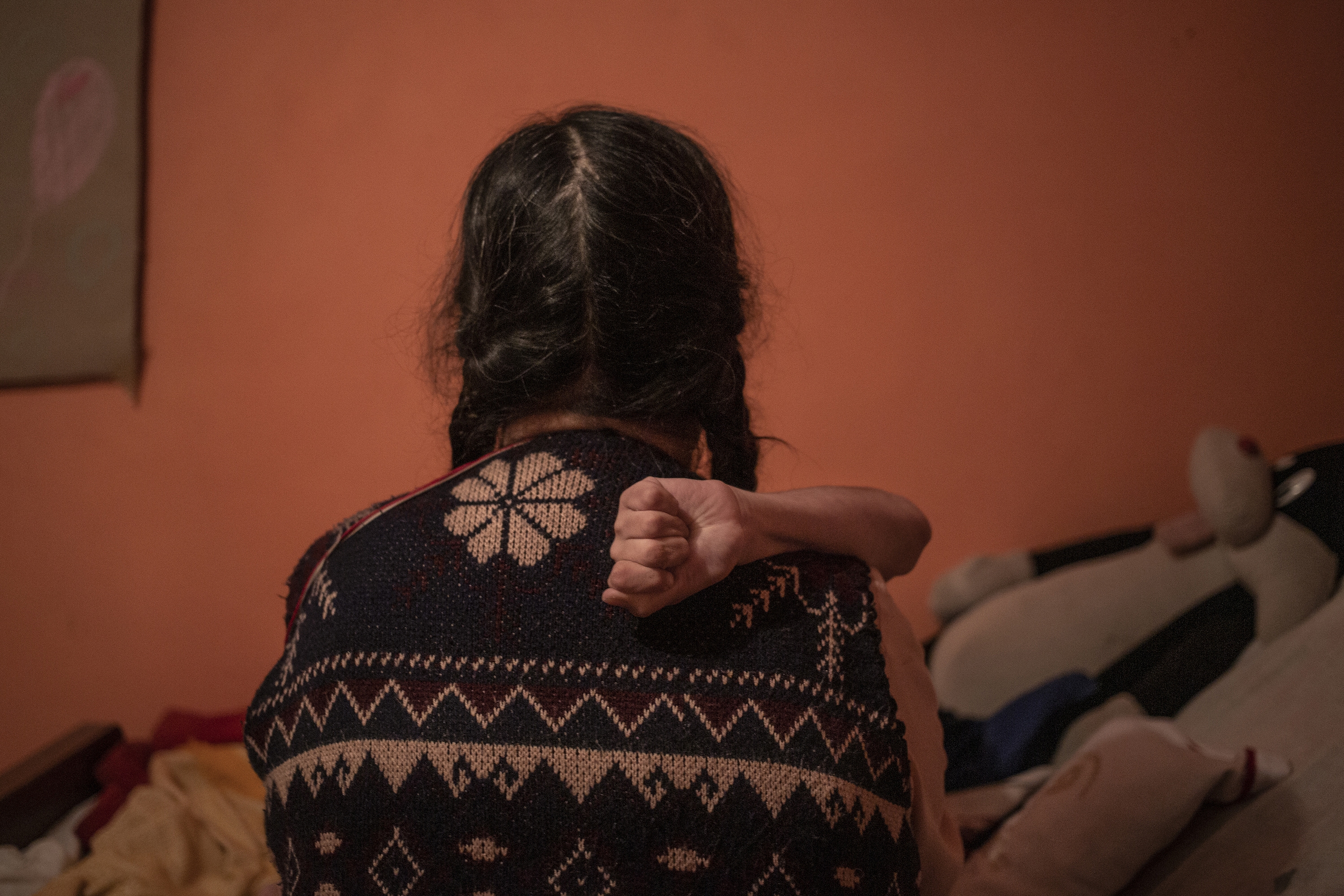
Juan Curto Documentary photography is always full of responsibility. Social engagement is today as necessary as always. Vindication for justice a human right.
BEAUTIFUL POISON is a long-term photography project documenting the public health problem associated with the unrestricted use of agrochemicals by the flower industry in the region of Villa Guerrero, Mexico. Despite medical studies linking pesticide and fertilizer components to the recurrence of congenital malformations (spina bifida, hydrocephalus), leukemia, lymphoma, sterility, degenerative blindness and cancer, the healthcare demands of the population in Mexico’s flower belt have largely been unmet by local authorities and institutions.









BEAUTIFUL POISON
Sebastian is eighteen, although he looks like a seven-year-old boy. He was born with hydrocephalus due to the agrochemicals his parents were exposed to while earning a living as flower farmers in Villa Guerrero, one of the most important floricultural regions in Mexico. The unrestricted use of farming chemicals in Mexico has led to a silent healthcare crisis in this rural area not only because of the severe pollution of water sources and soil deterioration effected but because of the poisonous, degenerative, carcinogenic, and mutagenic repercussions pesticides and fertilizers have on people and livestock.
The vapors of agrochemicals, prevalent throughout the streets of Villa Guerrero, cause serious damage if inhaled in sufficient amounts. Medical studies of diseases in Mexico’s flower belt have revealed that, because of organophosphate and carbamate pesticides, up to 20% of annually born children present congenital malformations and 12% of pregnancies result in either miscarriage or stillbirth. However, the stories of inborn physical disability, chronic disease, limb amputation and child loss, which interweave into the daily routine and family farming life, remains unaddressed by the local authorities and healthcare system of Villa Guerrero. For decades, the region does not meet the demand for specialized medical centers.
The competitive production of Villa Guerrero is a cogwheel in the global billion-dollar flower industry. Farming families realize that the flower industry deprives them of alternative means for economic sustenance; they also understand the danger of being exposed to agrochemicals. The problem is not flower farming, but how flowers are grown. In Villa Guerrero, people’s well-being is cut short much like flowers sold for ornamental purpose; however, while the use of flowers is ephemeral, their farming involves long-lasting health conditions.